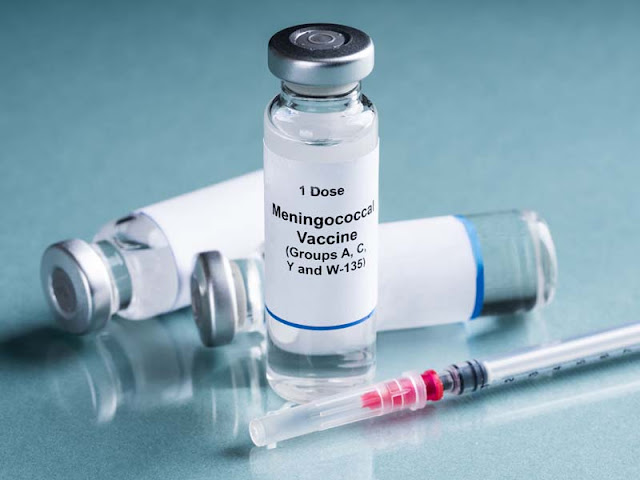Strategic Solutions: Vapor Recovery Units in Modern Industrial Environmental Practices
 |
| Vapor Recovery Units |
Vapor recovery units (VRUs) play
an important role in reducing air pollution emissions from various industrial
processes and facilities. They capture volatile organic compound (VOC)
emissions and route them back into the process for reuse, storage, or
destruction. In this way, VRUs help reduce harm to the environment and human
health from toxic air pollutants. This article discusses the key components,
workings, and applications of VRUs.
What is a Vapor Recovery Unit?
A vapor recovery unit is a system
that separates and captures vapors that would otherwise be emitted into the
atmosphere during storage and transfer operations. The basic components of a
VRU include vapor collection points, piping, a blower or compressor, and
processing equipment. Vapors are captured during activities like fuel
loading/unloading, tank filling/emptying or venting. The vapors are then routed
via piping into the VRU inlet where a blower or compressor pressurizes them.
Inside the VRU, the vapors are cooled and condensed back into liquid form. The
recovered liquids are then returned to their storage vessels.
Some advanced VRUs also offer
vapor destruction capabilities. In these systems, hydrocarbons in the vapors
can be oxidized using technologies like thermal oxidizers, catalytic oxidizers
or flares. This ensures complete destruction of harmful air pollutants before
the exhaust leaves the stack. VRUs often include monitoring and control systems
to measure vapor flow and automatically adjust operating parameters for optimal
performance. Proper maintenance is crucial to ensure VRUs capture emissions as
designed over many years of continuous operation.
Typical Applications
VRUs are commonly found at
petroleum product storage and transfer facilities like gas stations, oil
terminals and petrochemical plants. They prevent ozone-depleting and toxic VOCs
like benzene from escaping into the air during the loading and unloading of
gasoline, crude oil or other hydrocarbon liquids. VRUs are also widely used at
wastewater treatment plants to capture methane and hydrogen sulfide gases
generated during the anaerobic digestion of sewage sludge. Other applications
include landfill gas collection systems, ship bunkering facilities, and oil and
gas production sites. Some emerging uses of VRU technology involve capturing
carbon dioxide emissions at power plants and industrial facilities.
Regulatory Importance
The installation of VRUs has
greatly accelerated in recent decades due to increasingly stringent air quality
regulations around the world. In the United States, the Clean Air Act requires
VRUs or similarly effective equipment to control VOC emissions during petroleum
and chemical product storage, transport anddispensing operations. Current EPA
air pollution standards typically mandate at least 95% control of VOC
emissions. Non-compliance can result in steep penalties and even facility
shutdowns. European Union laws impose comparable vapor recovery obligations. As
developing countries industrialize rapidly, adoption of VRU technologies is
expected to grow there as well to meet new emissions standards.
System Design Considerations
When designing a VRU system,
engineers must carefully evaluate factors like the characteristics and volume
of vapor streams, emission source locations and pipe routing challenges.
Barrier liquid levels, two-point adapters and submerged fill tubes all
influence how efficiently vapors can be captured at their source. Choice of
blower/compressor specifications depends on flow rates and pressure drops
involved. Condensing equipment capacity ties to the heat of vaporization for a
given hydrocarbon. Storage vessel connections require isolating valves to avoid
cross-contamination. Instrumentation and controls play a vital role through
components such as flow meters, vapor/liquid sensors and programmable logic controllers.
System performance and operational data can be transmitted via monitoring
panels. Regular maintenance keeps Vapor
Recovery Units running optimally over 15-20 year lifecycles.
Addressing Maintenance Challenges
Proper maintenance is necessary
to ensure VRUs continue capturing emissions as effectively as when new.
scheduled maintenance activities include changing compressed air and condensate
drain filters, replacing worn blower components, tightening flanges and
re-torqueing bolts. Unscheduled maintenance may involve repairing leaks in
valve stems, piping or pump seals. Condensate liquids must be drained regularly
to prevent corrosion and plugging issues. Internal inspections using cameras
verify condensing coils and internal components remain clean and functional.
Addressing maintenance needs promptly helps avoid more serious and costly
repairs down the road. VRU owners can establish preventive maintenance programs
and contracts with specialized service providers to conduct timely upkeep and
minimize downtime.
Get More Insights Here
https://www.newsanalyticspro.com/implementing-vapor-recovery-units-for-green-industries/



Comments
Post a Comment